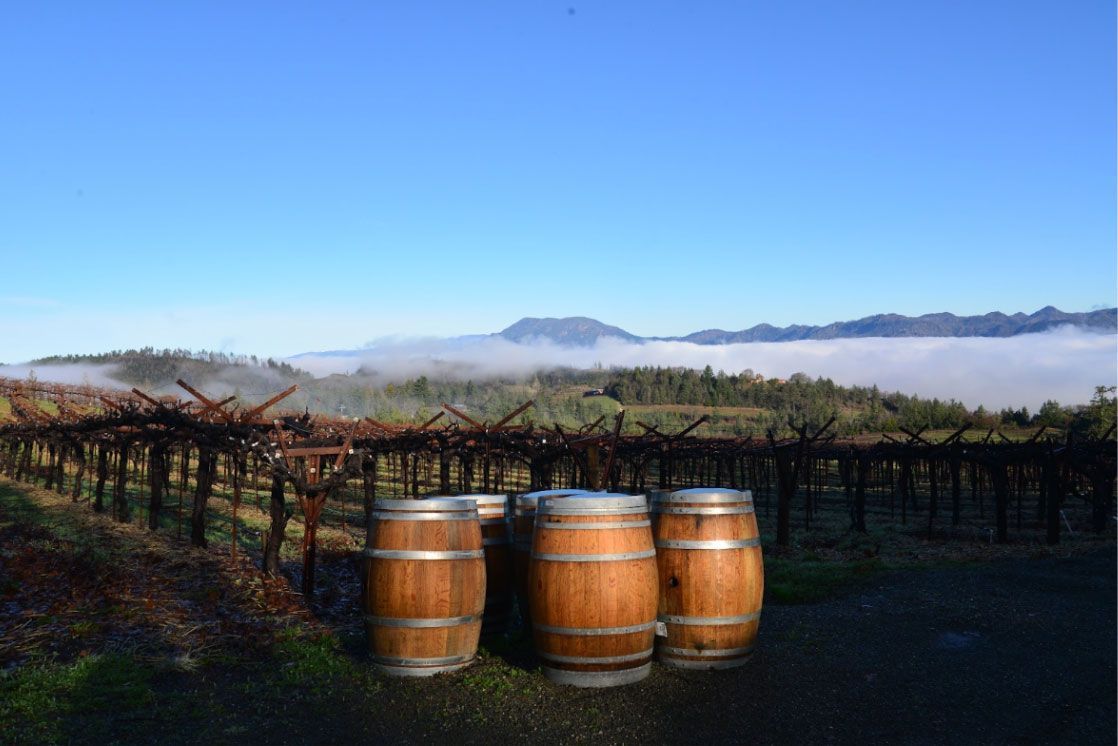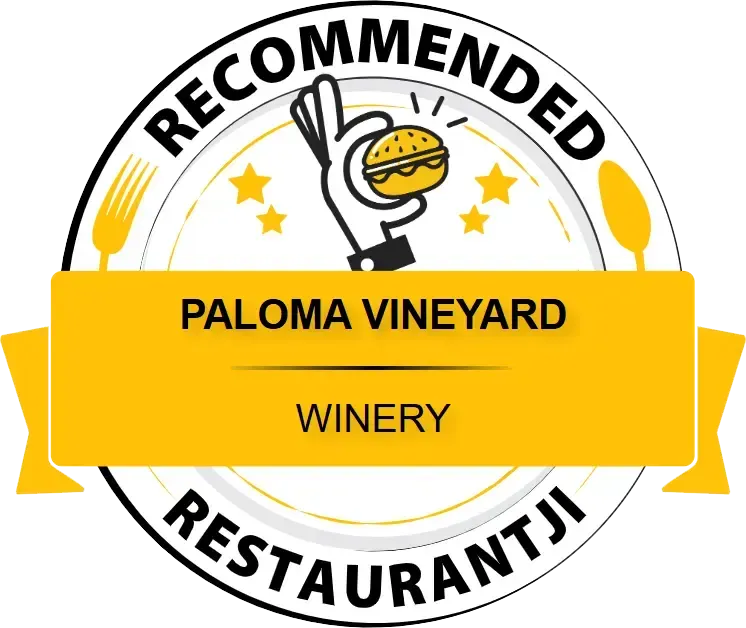Our Practices: Paloma Vineyard’s Regenerative Farming Journey
September 28, 2023
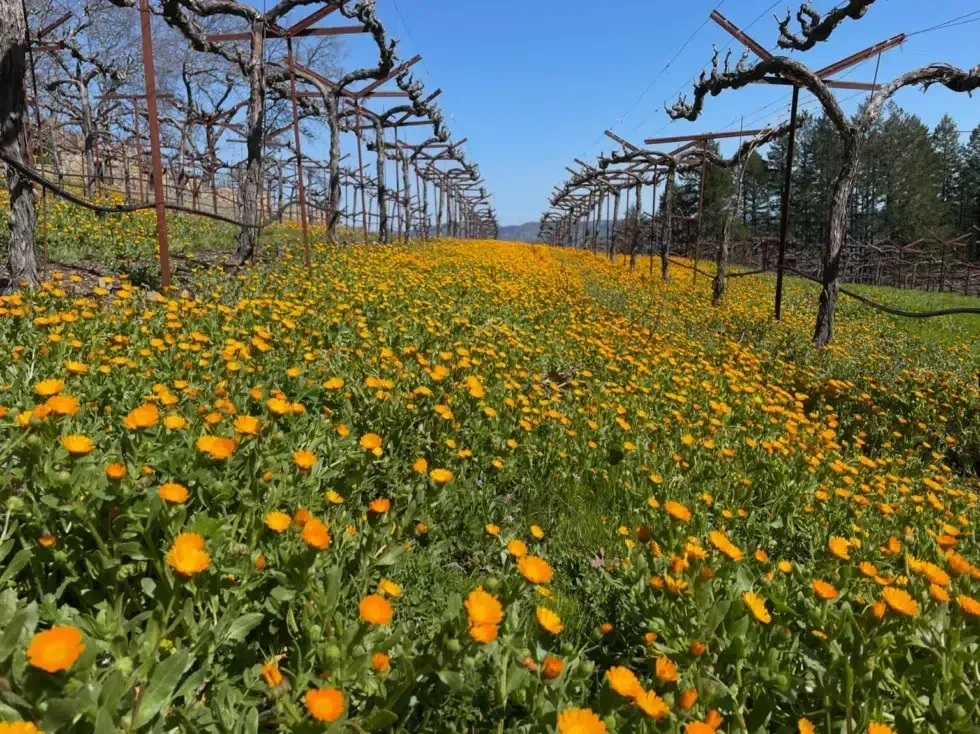
If you are unfamiliar with the practice of Regenerative Farming, we highly recommend reading this short breakdown! What is Regenerative Farming?
In 2021, shortly after the devastating fire season of the previous fall, and after numerous years of drought conditions, we began discussing alternative farming practices. The overarching goal was to create a more resilient farm. Both droughts and fires did not appear to be slowing down and it became clear to us that we needed to take steps towards mitigation. That same year, we chose a test block, known as the West Knob, to begin implementing some new practices.
This area has typically performed as a low-vigor and low-production block. A low vigor simply means less vine growth in comparison to the norm, or the surrounding vineyard in this case. Low vigor generally leads to lower fruit production and challenges with ripening.
In 2021, we focused on watering. We wanted to figure out if we could decrease our water volume and maintain the needs of the vines. Given that vine roots run relatively deep, we decided to shift from a bi-weekly watering regimen to watering on a 3-week cycle and slightly increase the volume at each watering. So overall less water going out, but more water in the ground at each watering cycle. Essentially, encouraging the water to fall deeper into the soil where there is less evaporation and less competition for water. While we still feel the thought process was sound, we realized that the key to getting the water deeper wasn’t just how long we watered, but how accessible the deeper soil was for that water. Meaning, does it have the porosity to accept the water we are giving it?
This question, along with other hopes, led us into the world of Regenerative Farming. In 2022, after some initial soil testing, we learned that the soil in the West Knob, our test block, had some nutrient deficiencies that were affecting the health of the vines. This made a lot of sense given the low vigor. We chose to continue the watering practice and compliment it with a diverse, multispecy cover crop. The cover crop would serve two major purposes: increase the nutrients and nutrient availability in the soil, and help create the porosity needed to allow the water to penetrate deeper into the ground—not only is this beneficial to our watering practices, it also means more water retention in the winter months when the rains come!
While we are not seeing increased vigor just yet, through soil testing and leaf testing we are already seeing upticks in the micro and macronutrients in both the vines and in the soil. After only one season!
Every site has varying needs and Paloma is no different. While we source all of our fruit from our small 15-acre vineyard, the farm’s varying sun exposures, soils, air flows, temperatures, and altitude, lead to microclimates throughout. Converting our entire vineyard into an effective regenerative agricultural system will require some trial and error and a good amount of time.
We started with a small block and are now beginning to expand. This fall, after the 2023 harvest, we will begin implementing vineyard-wide cover crops. By collecting soil and leaf samples from different areas of the vineyard, we will learn what our needs are and plant crops that will begin to replenish the soil and reinvigorate the ecosystem.
In the spring of 2023, we planted various varietals on different rootstocks in the West Knob, as well as other parts of the vineyard that will soon need replanting. The idea is to see what might be best suited to each specific area.
We will continue to adjust the cover crops as needed to foster the health of the varying soil needs and support a variety of wildlife, which includes beneficial animals and bugs. We have also transitioned to an organic-based spray cycle that helps to strengthen the ecosystem rather than hinder it.
Ultimately, that is our goal; to strengthen the vineyard for the next generations. This is a long-term thoughtful strategy that at its root is meant to create a resilient, sustainable vineyard for the future so that we can continue to create high-quality wine for generations to come. We are excited about these processes and look forward to sharing more about them in the future!
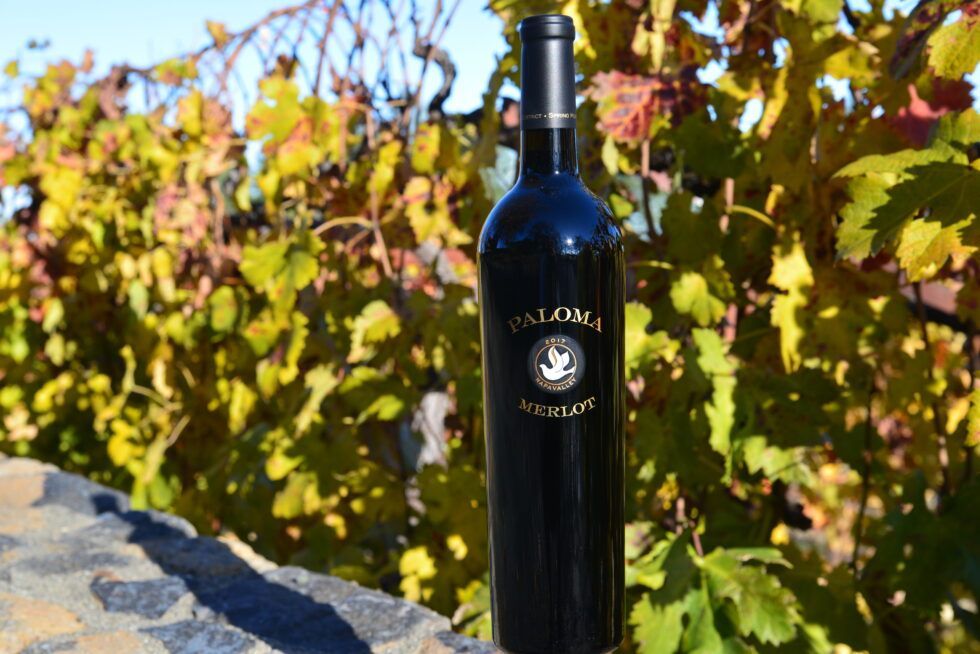
By caston_treetops
•
April 16, 2025
The swirled liquid boasts vanilla raspberry, plummy cassis, and a slight cooling floral undertone of cocoa. On the pallet, hot spice presents itself like cinnamon candy. The elegant tannins sting mid-way in this medium bodied wine. Swallowing leads to a long finish...
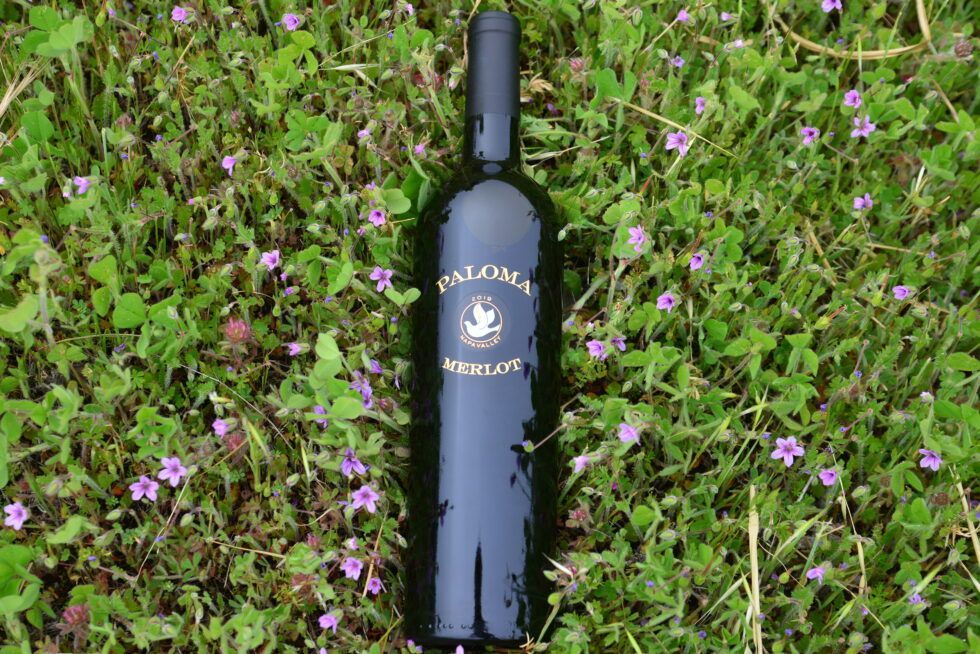
By caston_treetops
•
April 16, 2025
Paloma's 2019 Merlot opens with cranberry and rich cassis followed up with a slight dry mocha aromatic. This wine unfolds like a flower as you taste. It lands in the mouth with small strings of tannin and carries itself on a cool floral body. Its weight is just...
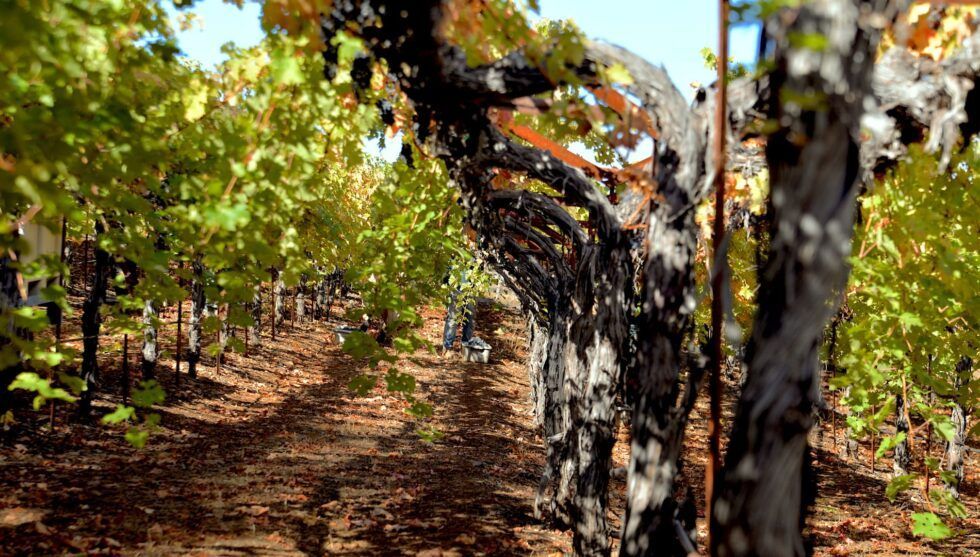
By WSI
•
March 26, 2025
At Paloma Vineyard, sustainability is more than just a practice—it’s the foundation of everything we do. Nestled on Napa Valley’s Spring Mountain, our small, family-run vineyard has been embracing sustainable and regenerative farming for over four decades. Every choice we make, from cover cropping to solar power, reflects our deep respect for the land and our commitment to producing exceptional wines that honor both our family legacy and the environment.
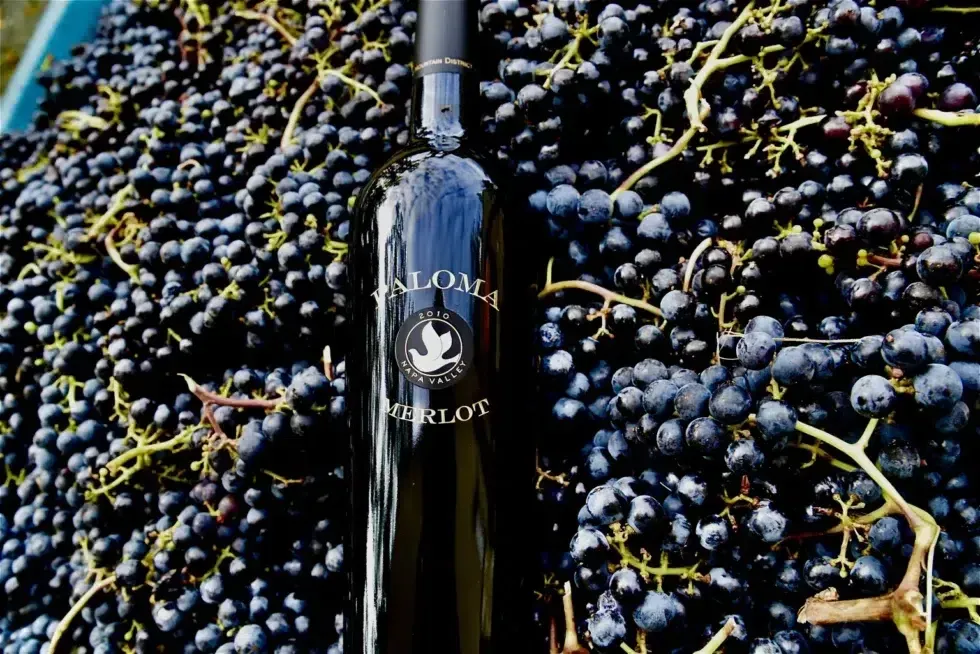
By WSI
•
March 6, 2025
Merlot has captivated wine enthusiasts for over two centuries with its smooth texture, rich flavors, and remarkable versatility. As one of the most widely planted grape varietals in the world, Merlot holds a prominent place on dinner tables and in wine cellars from Bordeaux to Napa Valley. But what makes Merlot so special? The answer lies in the grape’s adaptability, the care that goes into its cultivation, and the sense of place reflected in every bottle.

By taste_2420_views_enjoy
•
January 14, 2025
Have you ever been to a tasting where all you hear is the sound of the birds, wind, and the winemaker talking? No?! Then you haven’t visited Paloma Vineyard. Our personal team of furry greeters will meet you at your car and escort you up our steps to the owner’s home,...
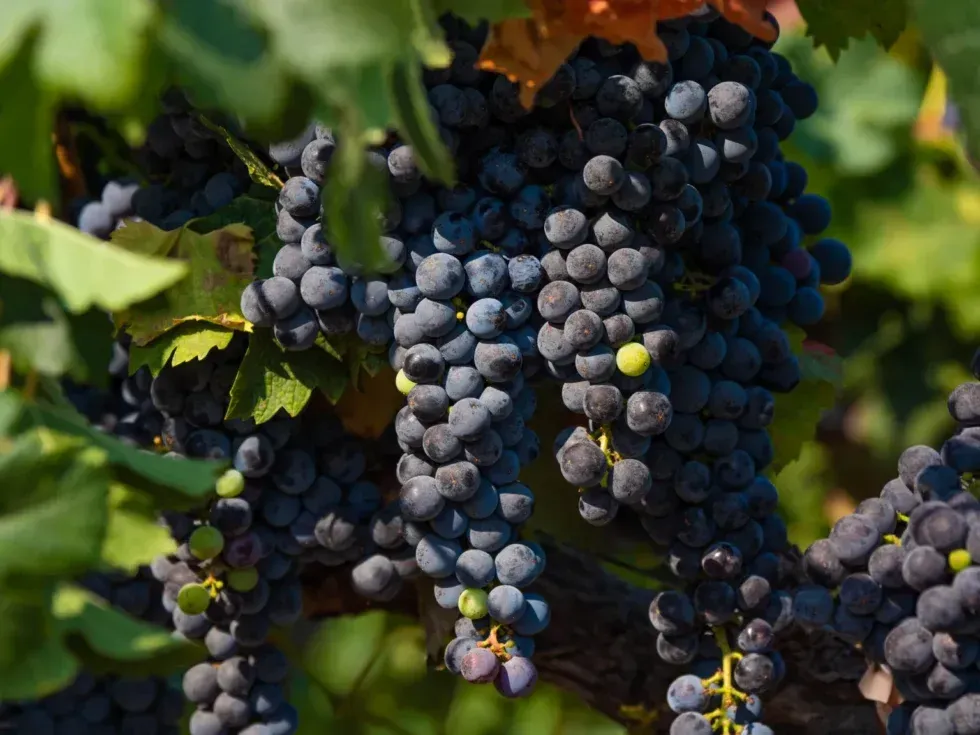
By taste_2420_views_enjoy
•
January 13, 2025
As Barbara, our matriarch, always said, “it starts in the vineyard.” Sustainability has become an essential practice for businesses looking to lead the way in their industry. While adapting to new practices can be challenging, it offers a unique lens to reexamine the...

By taste_2420_views_enjoy
•
January 10, 2025
Since Barbara and Jim purchased the 17 acres of land at the top of Spring Mountain in 1983, our goal has never shifted–creating a winery that feels like home. By 1992, that dream was fully realized when Barbara and Jim finished construction of their home inside the...
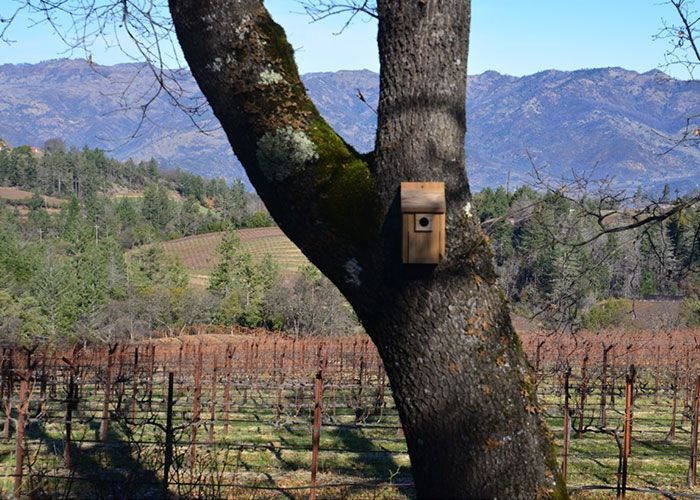
By taste_2420_views_enjoy
•
December 31, 2024
At our sustainable winery and vineyard , every choice we make reflects our commitment to preserving the environment and crafting exceptional wines. From innovative trellising systems to thoughtful vineyard management, we strive to balance nature’s needs with our vision for creating wines that tell a story in every sip.
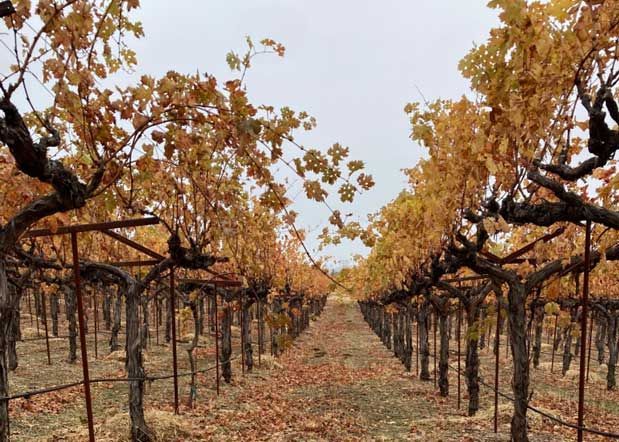
By p_hummingbird_2420_golden_rays
•
December 12, 2024
As a family-run winery on Napa’s Spring Mountain, we’ve spent over 40 years embracing methods that respect both the land and future generations. Sustainable wine and our winemaking is a year-round commitment, and for us, every decision, from vineyard management to bottling, is an opportunity to honor this responsibility.

